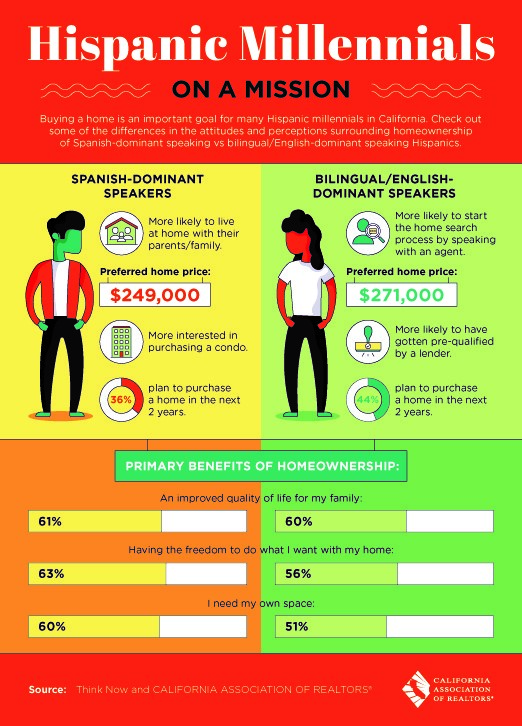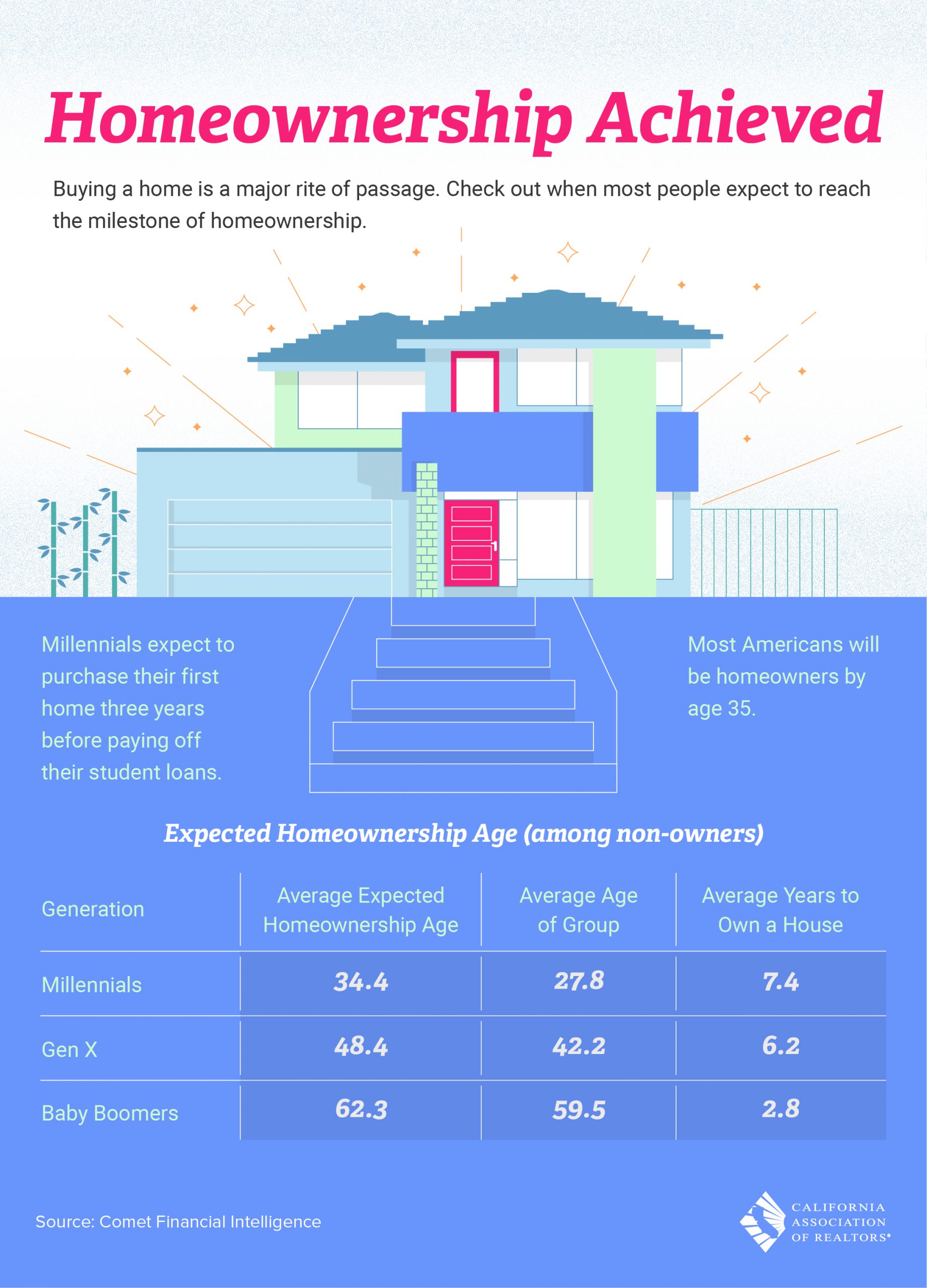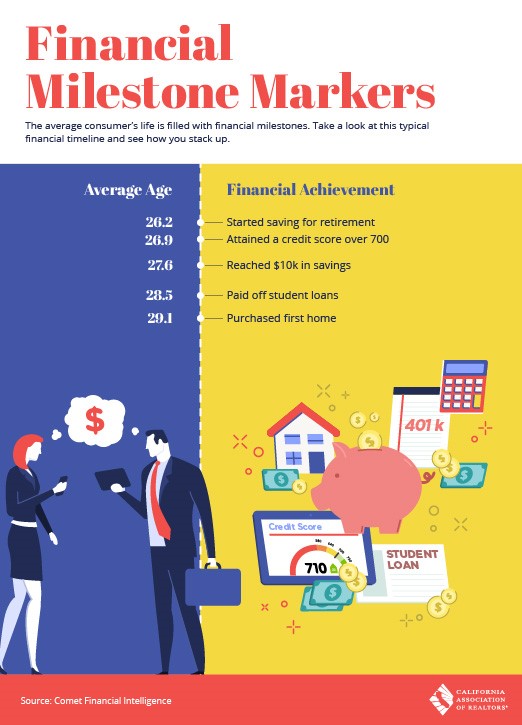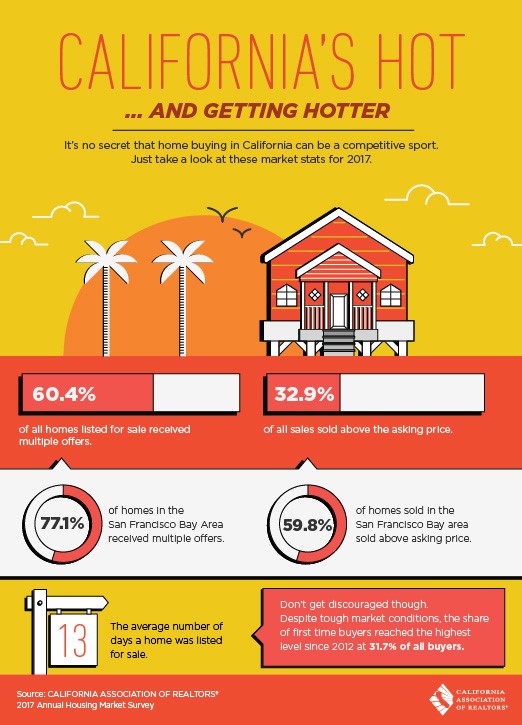The 5 Things to Look for When Buying a Home with a POOL
When Buying A Home With A Pool
Check Out the Fall/Winter Activity Guide
Check out this helpful Activity Guide that will put everything happening in and around our community this season conveniently at your fingertips.
Use this Fall/Winter Activity Guide to fill your calendar with fun – then head out on your next adventure!
You can search by AREA or CATEGORY.
Enjoy and Follow the FUN!! 🙂
Choosing the Right Home
Looking for the right home can be a daunting process for first time buyers and seasoned vets alike. From the style of the house to the type of appliances, there are countless factors that can go into such a big purchase. The following short checklist outlines the most important things you should think about when you’re on the hunt for a new home.
1. Define your budget:
It’s never fun to fall in love with a house that you can’t afford. Avoid the heartbreak by taking the time to analyze your financial situation before you begin the search. Start by reviewing your credit score, monitoring your debt and choosing an appropriate down payment. Meeting with a financial professional can help you get an accurate picture of your financial situation and the loans you are eligible for.
Looking at your debt-to-income ratio is one of the ways that creditors establish how qualified you are for a mortgage loan. Your debt-to-income ratio is determined by taking your monthly debt (think current mortgage payments, student loans, car loans, etc.) and divide them by your gross monthly income. Ideally, you want to keep that ratio at 43% or lower. According to the Federal Consumer Finance Protection Bureau, “studies of mortgage loans suggest that borrowers with a higher debt-to-income ratio are more likely to run into trouble making monthly payments. The 43 percent debt-to-income ratio is important because, in most cases, that is the highest ratio a borrower can have and still get a Qualified Mortgage.”
Don’t skip the down-payment analysis! A huge factor in getting the best mortgage rate relies on how much cash you are able to put down initially. The rule of thumb has been to put 20% down as a minimum. Anything below the 20% rule will usually require mortgage insurance and end up costing you more on the loan long term. Determining the right path for you will require you to analyze your own situation—your budget, timeframe and any other factors involved in figuring out your financial capacity to save and put money away for your new home.
2. Your Must-Have List:
Always search for homes that meet your “must-have” list. A must-have list encourages you to write out exactly what you need in a new home and will significantly aid in narrowing down the scope of your search, especially when searching with another person. This list will also foster communication on critical aspects of your new home that might not have been discussed previously, and help you identify requirements that may be in conflict with each other.
Focus your list on the high-level, pricey aspects of a home. Minor changes such as painting and smaller renovation projects can be worked on down the road, but changes that add up in time and money should be avoided (think kitchen remodels or adding another bathroom). Narrowing down your search to homes that don’t require major changes will help ensure you choose a home that is within your budget.
If you are struggling on where to start, think about what type of home you want to live in–Single Family or Townhome/Condo? How many bathrooms and bedrooms do you need? Do you want a fireplace or pool? What’s the minimum lot size you would be comfortable with and do you require a garage? What about air conditioning?
Keep your list short and sweet–try to keep your must-haves on the shorter side by focusing on major requirements and ranking them by importance. Prioritizing your list will help when it comes to decision-making time, as selecting a home will often require some flexibility. Your list will provide you with an easy way to determine which aspects you can compromise on and which are red flags telling you to move on.
Compromise can be hard, but don’t let small things completely take a home off of your short list. Remember, minor changes such as painting and smaller renovation projects can be worked on down the road, however, if there are a lot of these things the costs of those projects can add up. Focus on the minor modifications that you feel comfortable changing.
3. Location, Location, Location!
While the importance of location is often a no-brainer, the location of your potential new home serves multiple purposes. Location will impact your daily life and happiness as well as your home’s value down the road.
When looking at location in terms of resell value, you want to look at a multitude of things: school districts, crime stats, and the neighborhood & community. A little research can answer most of these questions, and this website offers Market Insider, a tool to give you details on all these factors and more! Besides looking at the current stats and trends, take this information and think about what the value of the area might be in 5 or 10 years when you potentially could resell your home.
Along with the resale value, analyze the location of a home from the perspective of your wellbeing and happiness. Things such as your daily commute, surrounding noise, and community will greatly shape your experience in the home.
Along with this checklist, seeking guidance from a professional is always a good idea! A realtor like me can offer a wide array of skills and expertise, from the showing of a home to the endless paperwork. You can count on me to guide you through the process and assist in your home buying decisions.
Finding the right home might not necessarily mean finding the “perfect” home, but rather, finding the right home for you to make your own. Hopefully this checklist provides you with a guide to start your journey towards the right home. When you’re ready to start looking, don’t hesitate to give me a call!
3 Tips for a Higher Home Appraisal
It may seem that homebuyers and sellers don’t agree on much, but they share one important concern: that the transaction is successful. This comradery is never more evident than during the appraisal process. It’s only natural, since the results of the appraisal can send the deal spiraling out of control.
Appraisers take into account many factors when determining the worth of a home. While some of these, such as location, can’t be helped, there are things a homeowner can do to ensure that the home is appraised for maximum value.
1. Information is King
Appraisers don’t spend a lot of time in the home. In fact, Brian Coester, chief executive of appraisal firm CoesterVMS, tells CNBC that the interior inspection typically takes 30 minutes or less.
“After inspecting thousands of homes, it does become quite easy to quickly assess the amenities in a home,” reiterates Ryan Lundquist on Sacramento Appraisal Blog. That isn’t much time to make a good first impression, so line up those ducks in advance of the appraiser’s visit. The first one should be a packet of information that you can hand the appraiser as he or she speeds out the door after the inspection. This packet should contain not only the basics about your home but anything that will help back up the buyer’s offer.
Include a fact sheet about the home with the address, the year the home was built, the square footage, number of bedrooms and bathrooms, and the size of the lot. Also include a listing of recent sales in the area, especially if you know of any for-sale-by-owner homes that have sold or homes that sold for less than they should have for any reason. For example, a home may have been sold to a relative, or the owners may have sold quickly to take a job out of town. Yes, the appraiser has access to recent home sales, but there’s always a chance he or she may miss something.
Create a list of any improvements you’ve made to the home. List them by date and include contact information for the contractor who did the work.
2. If It’s Broken, Fix It
The appraiser will assign the home with what is known in the business as an “effective age.”
It’s largely based on the condition of the home and how well it has been maintained. This age may be older or younger than its actual age. “Say you have a cracked window, thread-bare carpet, some tiles falling off the shower surround, vinyl torn in the laundry room, and the dog ate the corner of the fireplace hearth, these items could still add up to an overall average condition rating as the home is still habitable, however your effective age will be higher resulting in comparables being utilized which will have the same effective age and resulting lower value,” Doreen Zimmerman, an appraiser in Paradise, California, tells the Wall Street Journal.
Fix anything that will age the home in the eyes of the appraiser.
3. Give the Home a Quick Cleaning
Most appraisers will tell you that it doesn’t matter if your home is clean or dirty – it has no bearing on its value. We, on the other hand, know how illusions can sell, and if a clean house gives the illusion that the home has been well-maintained, what harm can it do to clean it before the appraiser’s arrival? I don’t know about you, but before I trade in a car at the dealership, I give it a good cleaning.
“Things like overgrown landscaping, soiled carpeting, marks on walls – those do affect value and are part of the property’s overall condition rating,” Dean Zibas, of Zibas Appraisal in San Clemente, California, tells the Wall Street Journal.
While some things impact a home’s value more than others, the bottom line is that the process can vary by appraiser. Anything you can do in the three areas listed above has the potential to streamline the appraisal process and increase the value of your home. Plus, going through these steps prior to listing your home will only help increase the number of potential buyers. And ultimately, selling your home is what it’s all about.

 Facebook
Facebook
 X
X
 Pinterest
Pinterest
 Copy Link
Copy Link






